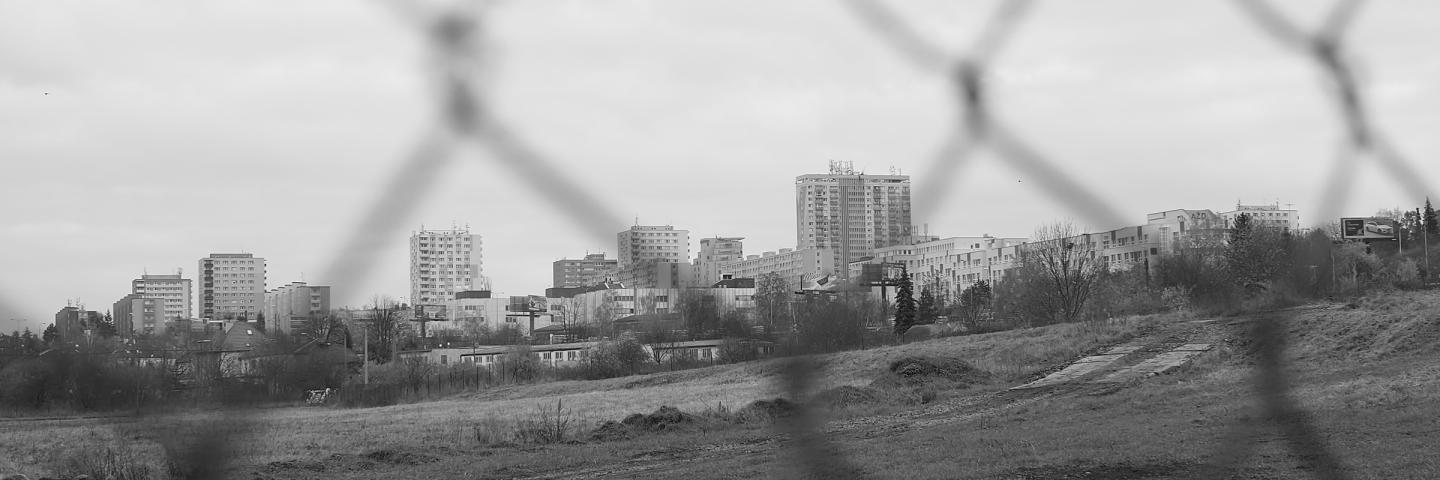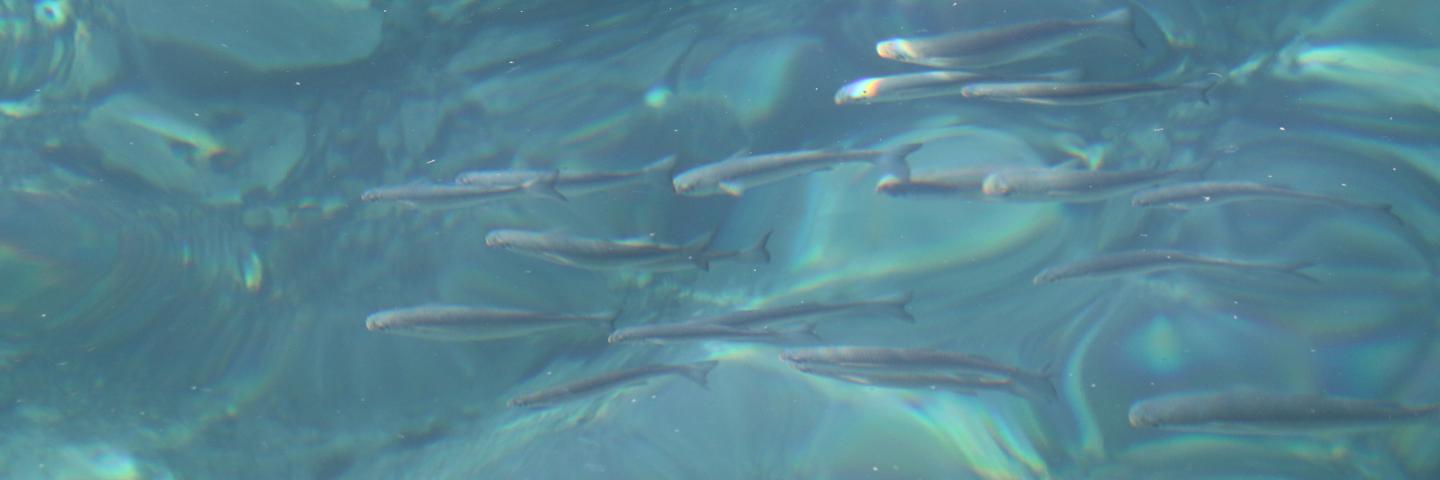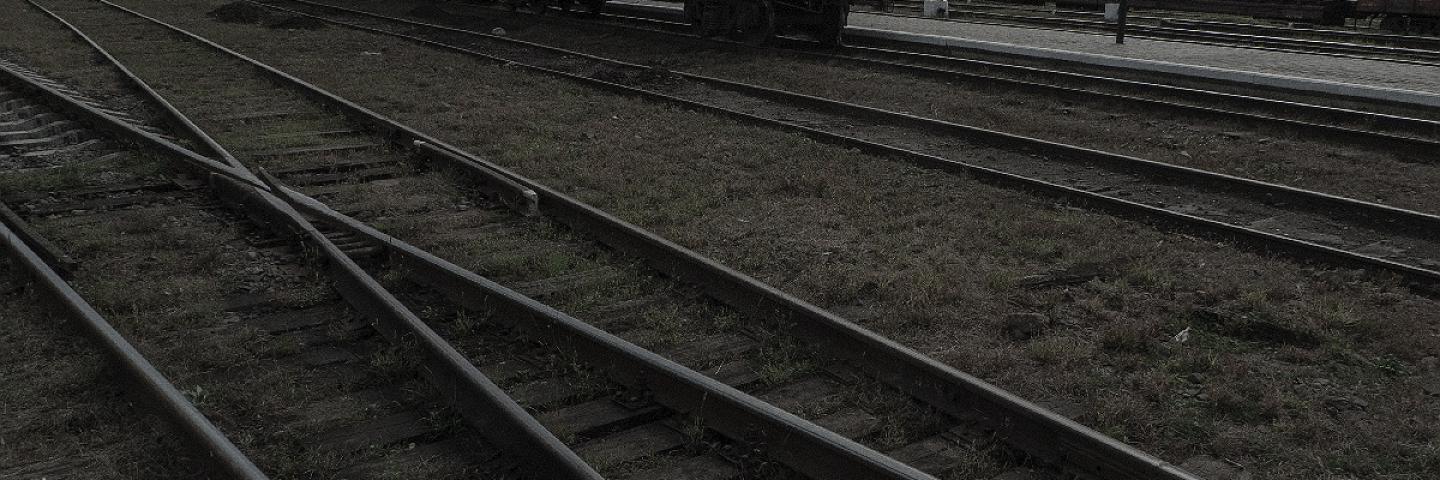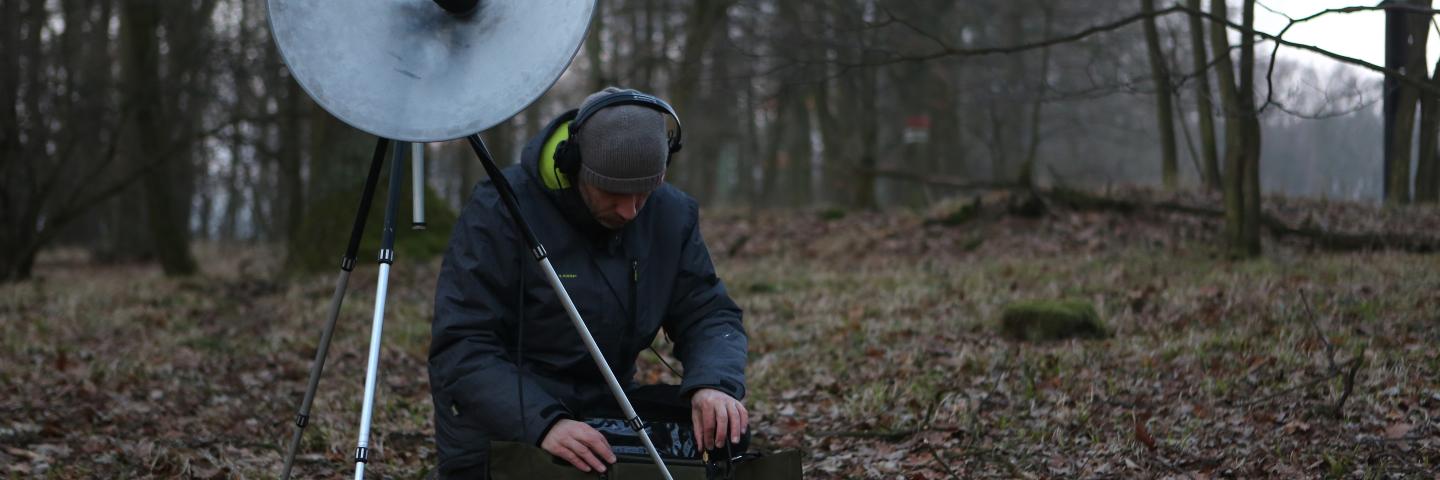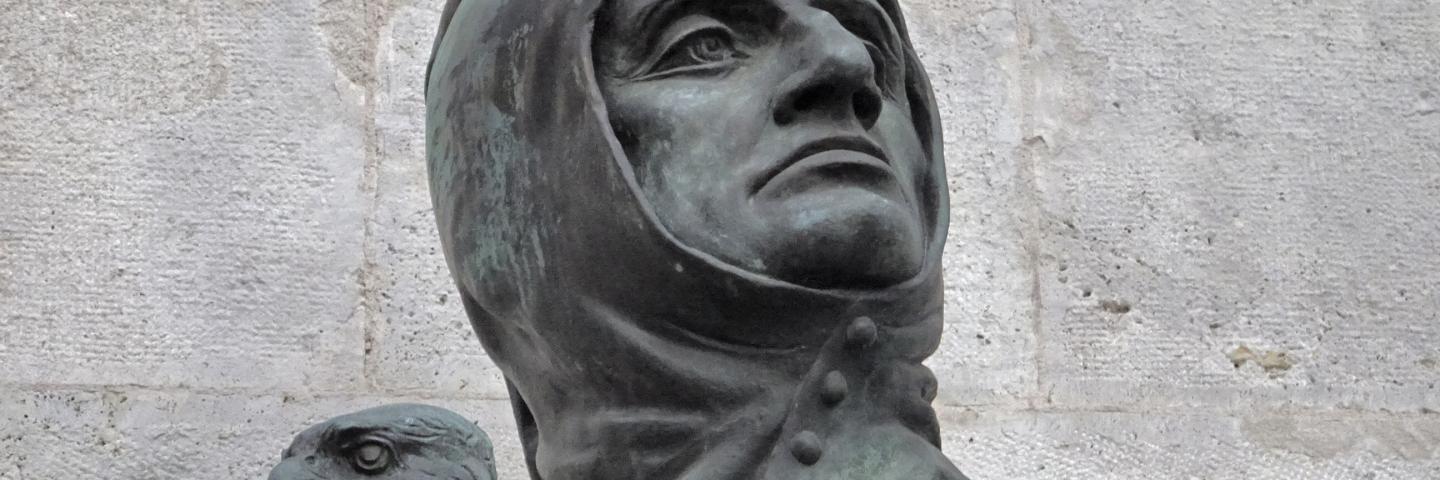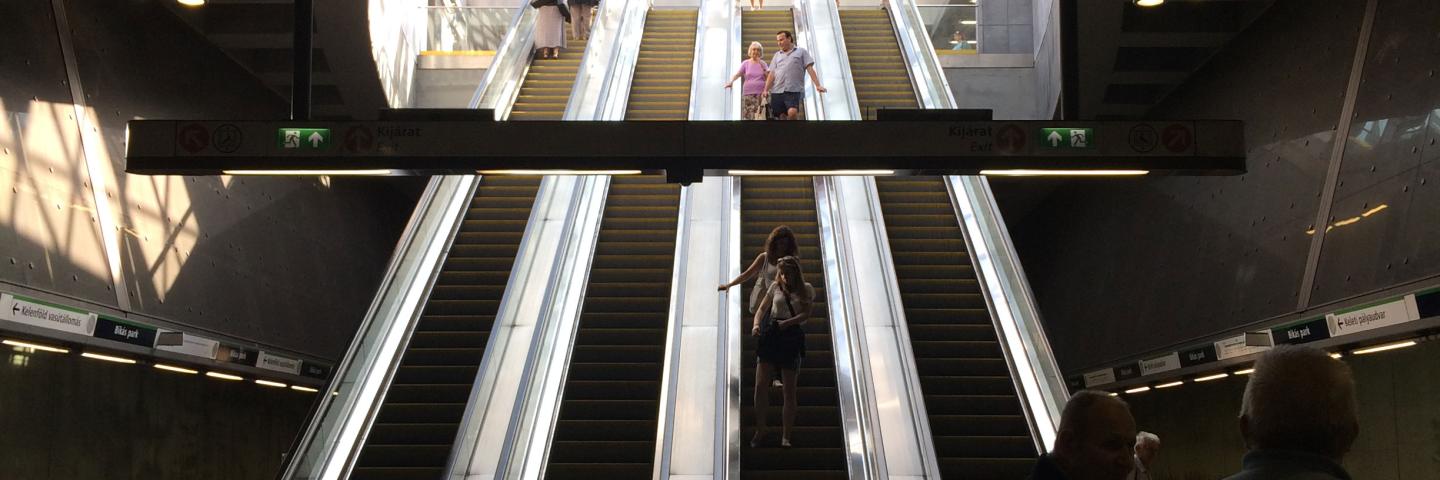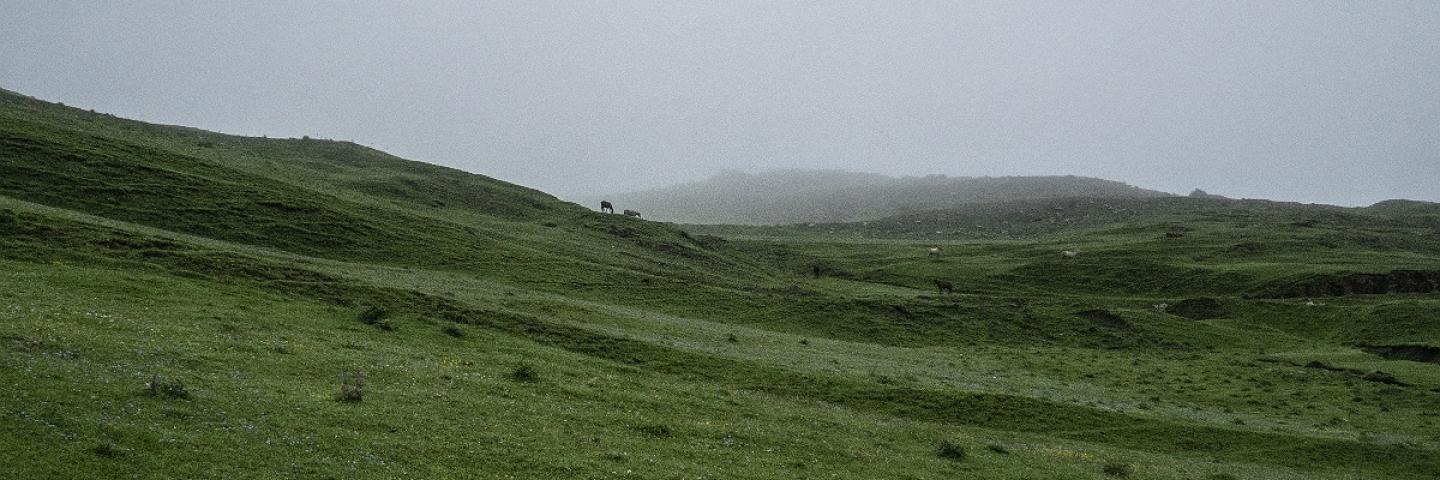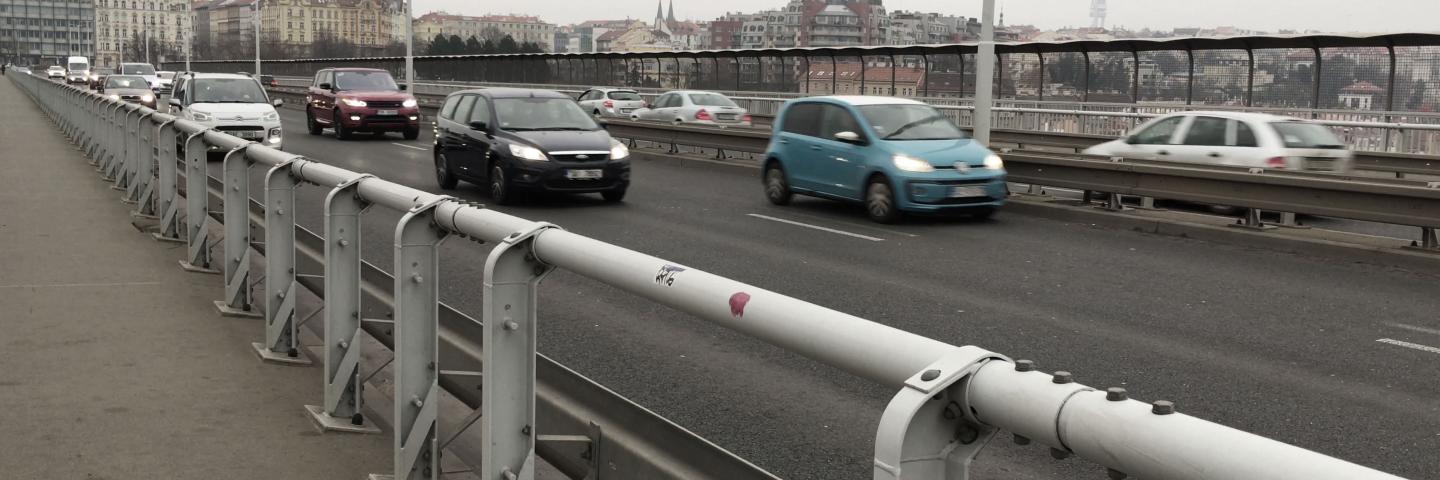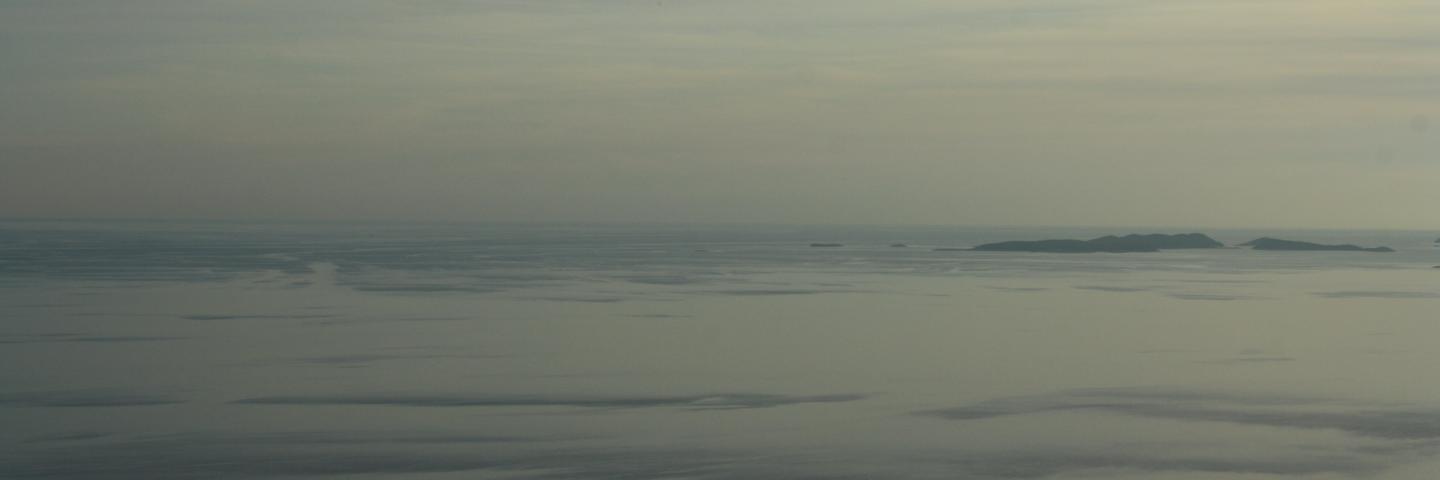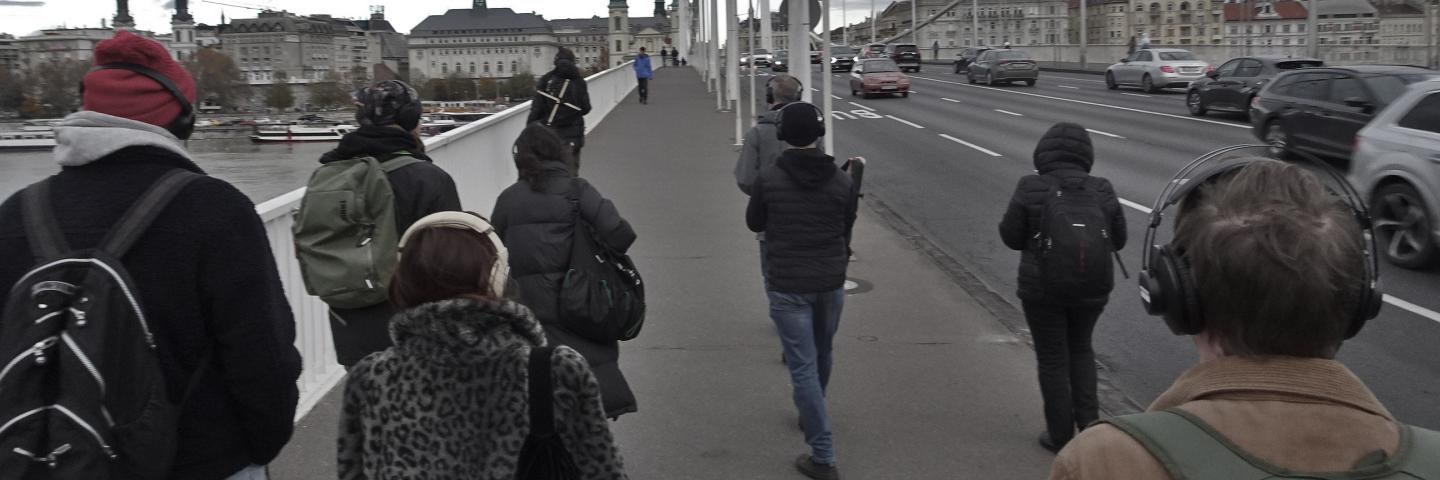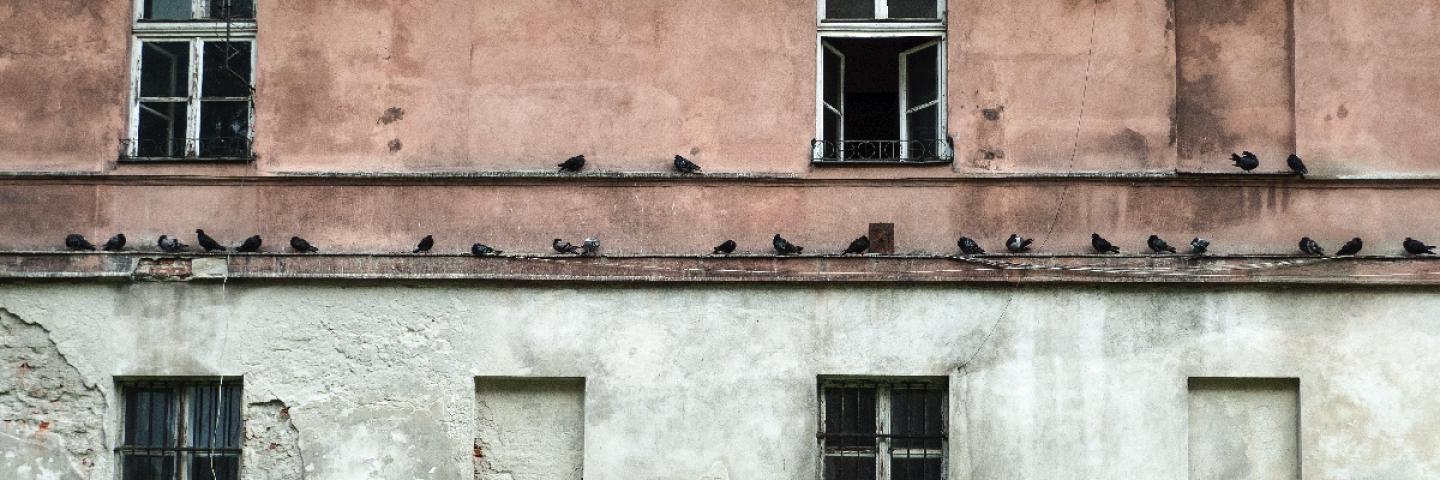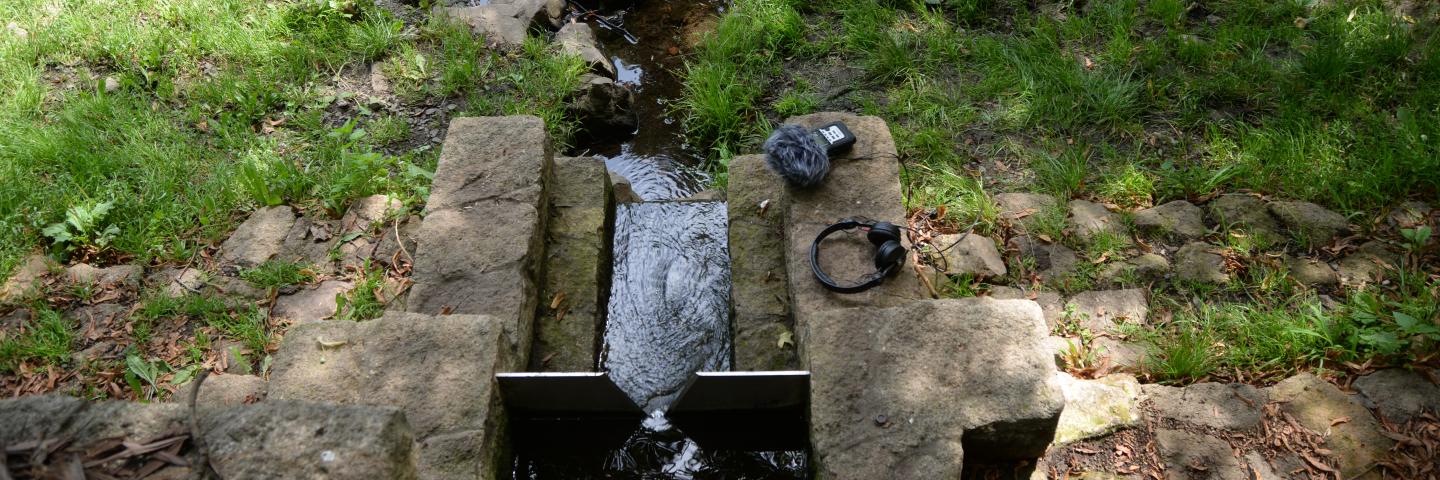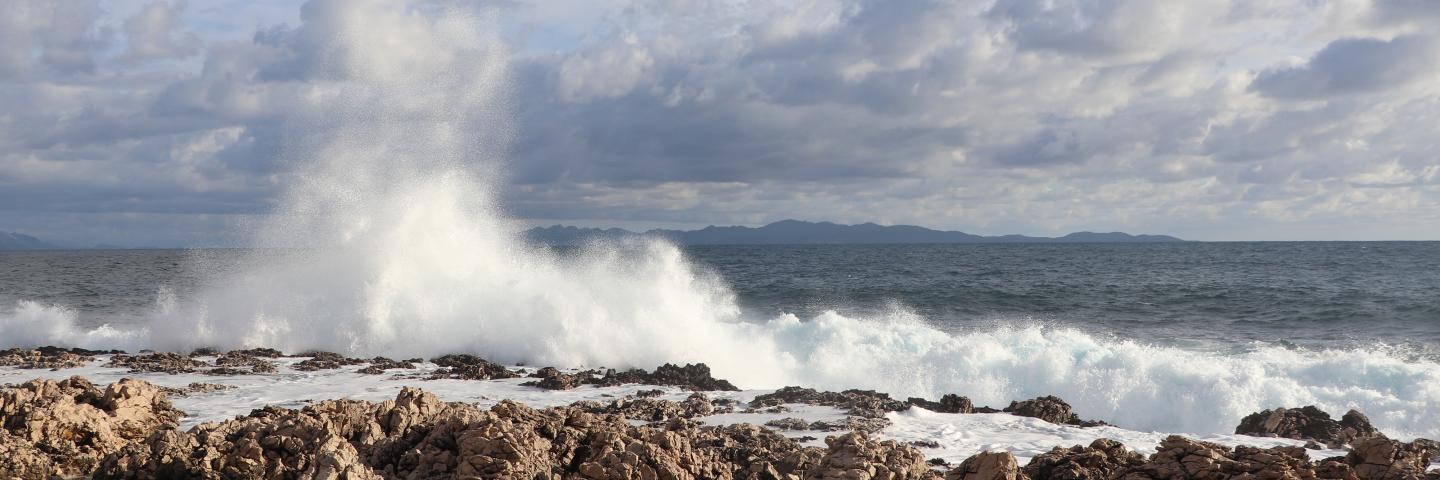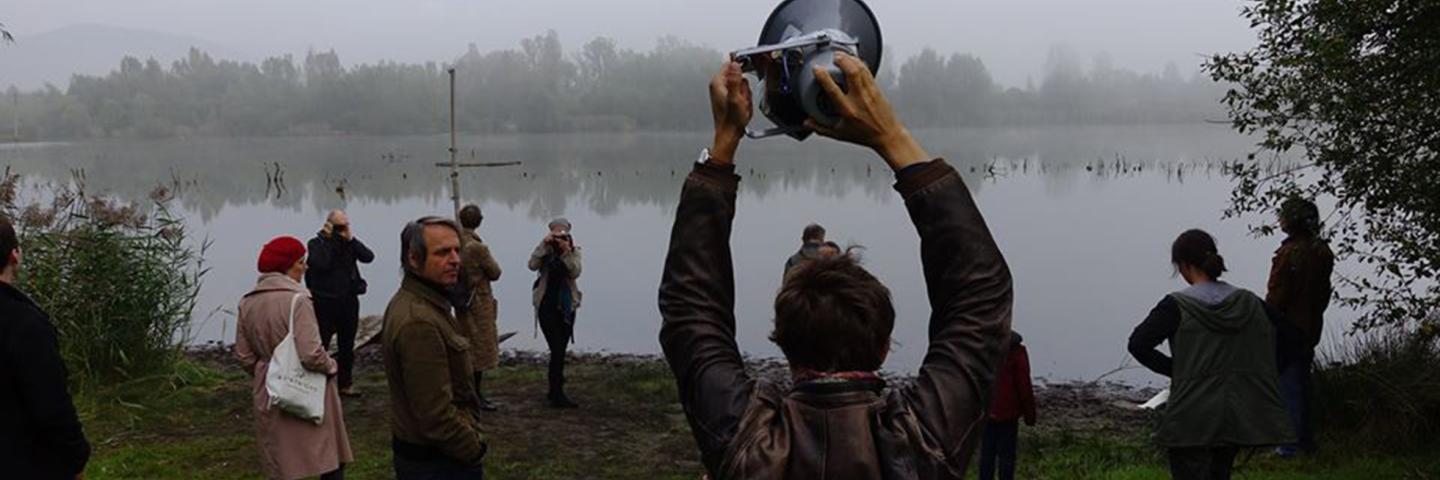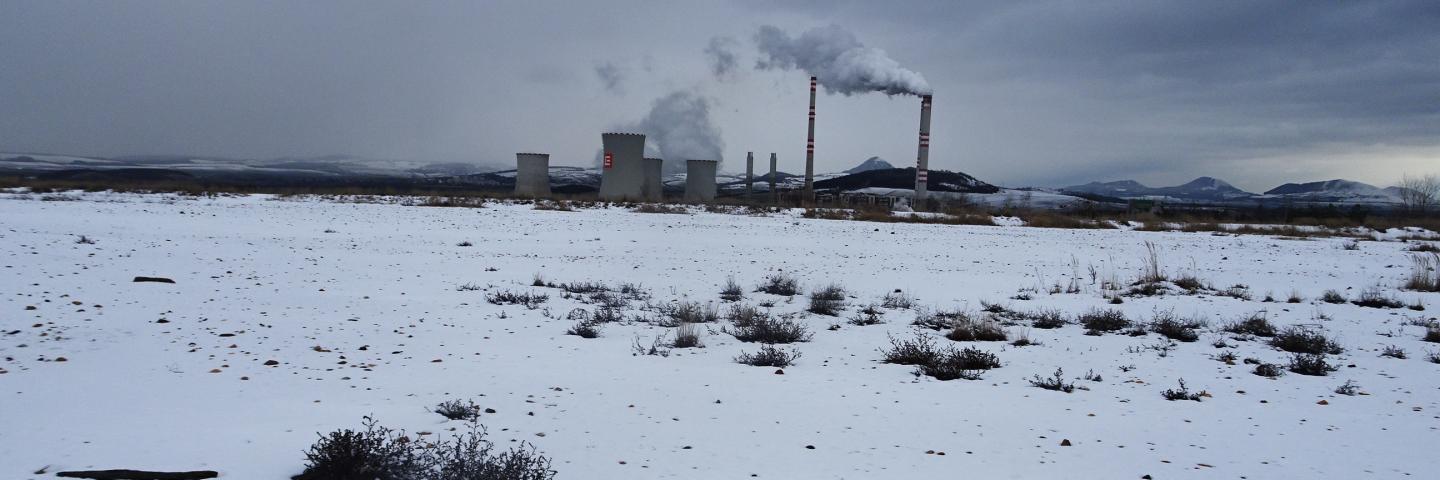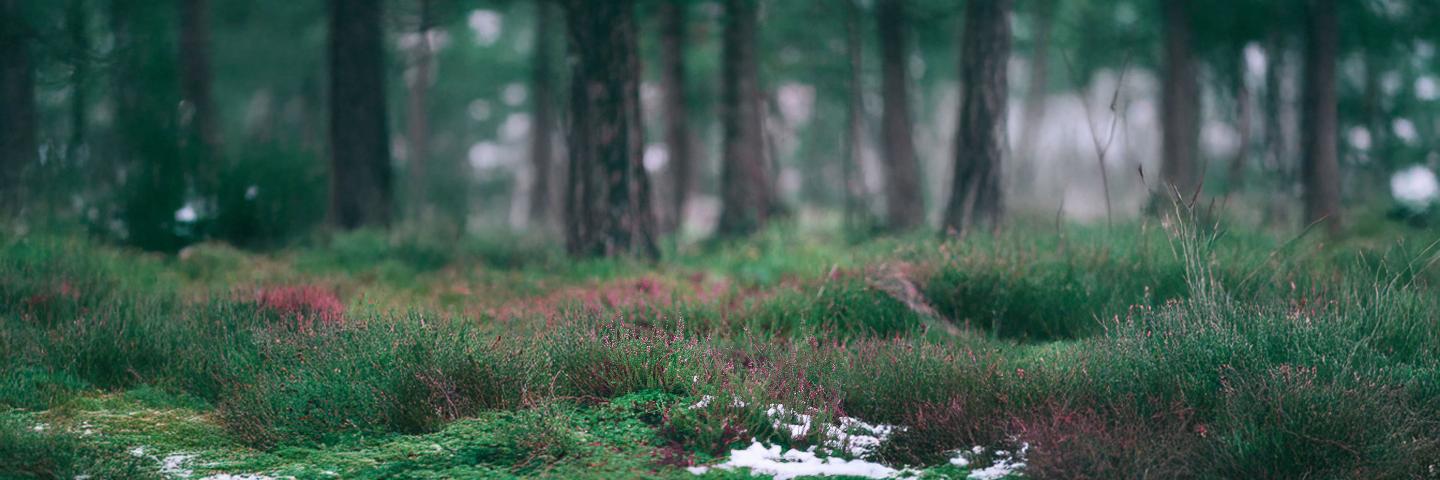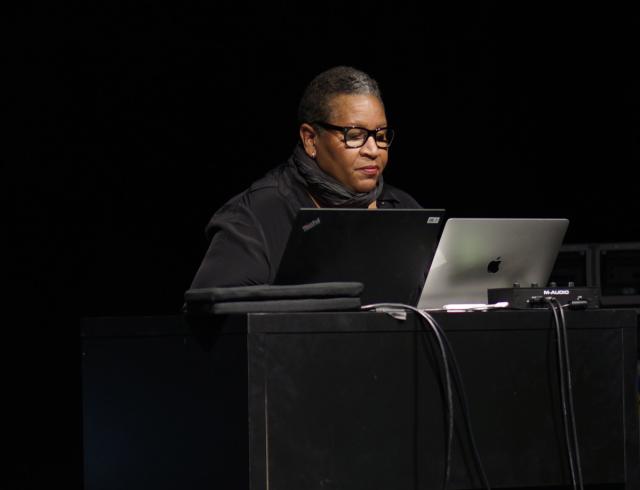
Everywhere We Are Is the Farthest Place
Mary Edwards
Wednesday 22 November — Listening Session
19:00–20:45
A soundscape composition that I began developing during my expedition with The Arctic Circle Residency, October 2022, when I sailed on a research vessel above the 78th Parallel to Svalbard, Norway into the long Polar Night to listen to and record to listen and record the sound properties of glacial geology and oceanographic data—the rhythm and breath of our planet from another pulse point. While out on one notable Zodiac project, I recorded the distinct groans and reverberant cracks of calving ice as it tumbled from the sublime glacier wall into the depths of Fjortende Julibukta. My hydrophones were simultaneously submerged in the estuary, gathering the movement of streams, subterranean rivers and vocalizations of life forms, including two seals, curious of our intentions in their waters, surfacing to follow our Zodiac as we quietly navigated back to the barquentine.
Drawing partly on sound as a vibrational phenomenon and Space Analogues, the piece is an ode rather than and elegy, to climate vulnerability, elemental sensuality and and terrestrial/space connectivity. It is comprised of a score for Waterphone and keyboard, performed synchronically (and sometimes as improvisational) with an immersive, cinematically-inspired soundscape of ambient field recordings of ice, water and wildlife sounds gathered as site- responsive material from various locations around Svalbard: it’s Western fjords and glaciers, the tall ship interior and engine room and the world’s northernmost church, Longyearbyen Chapel. In the studio, I recreated some of these sonic events with a Waterphone, keyboard, brass and percussion, with some of the recordings sent through various reverb modules.
In live performance/installation iterations, I’ve fortuitously discovered an interactive, participatory constituent. I have given the audience access to the same gear/instruments/tools I used to record and create the very piece, to then incorporate their own “layer of experience” of how they perceive or interpret the Arctic (or outer space) as a place they may or may not have experienced first hand—intended to reveal (by de-centering the centered and un-othering the others) that everywhere we are is the farthest place.
Bio
Mary Edwards is a composer and sound artist whose interdisciplinary practice encompasses installation, cinematic audio and environmental design. Themes of temporality, impermanence, nostalgia and the natural world recur throughout her work. She is interested in the invisible architecture and the emotive, historic and spatial properties of sound. Listening to, and describing sounds are an inherent and integral part of her process in conveying how all sounds have the potential to be habitable and can be transformative once you get inside them, as they are simultaneously intimate and immense.
In 2021, The Grimshaw-Gudewicz Art Gallery produced her first career survey concurring with Something to (Be)Hold, her first large-scale public sound installation.As the 2022 Artist-in-Residence for the ACA Soundscape Field Station, she was living and working in Canaveral National Seashore, audio recording, and researching for her book and interactive project, “Conservation/ Conversation” as part of Atlantic Center for the Arts. Her other residencies include Headlands Center for the Arts, The Beach Institute, The William T. Davis Nature Conservancy, Wa Na Wari, Epsilon Spires and The Arctic Circle Residency. In 2023, her sound installation “Everywhere We Are is the Farthest Place,” premiered at The Spitsbergen Artists Center in Svalbard. The first in a series of odes rather than elegies to the transforming Arctic landscape comprises a composition and ambient field recordings gathered from landings around Svalbard while on a sailing expedition on a research vessel above the 78th parallel to record and document the sound properties of glacial geology and oceanographic data.
Her most recent works include Fathom a site-intended sound installation for the Atlantic Center for the Arts, launched during the 2023 World Forum for Acoustic Ecology (WFAE) Conference, Listening Pasts/Listening Futures, and Tamalpais Higher, a geophonic reimagining of a seismic event based on a blind thrust fault running through Mount Tamalpais north of the San Francisco Bay. Her extended discography includes Endeavour: A Space Trilogy (inspired by the Space Shuttle expedition of NASA astronaut, Dr. Mae C. Jemison and Everyday Until Tomorrow, a conceptual “soundtrack” for TWA Terminal 5 at JFK airport. Her writing has been published by Oxford American, Invert/Extant (U.K.), The Mentor that Matters series, The Santa Barbara Literary Journal and the anthology, Joy Has a Sound: Black Sonic Visions. Mary Edwards holds an MFA from Goddard College. She lives in New York and works internationally.
